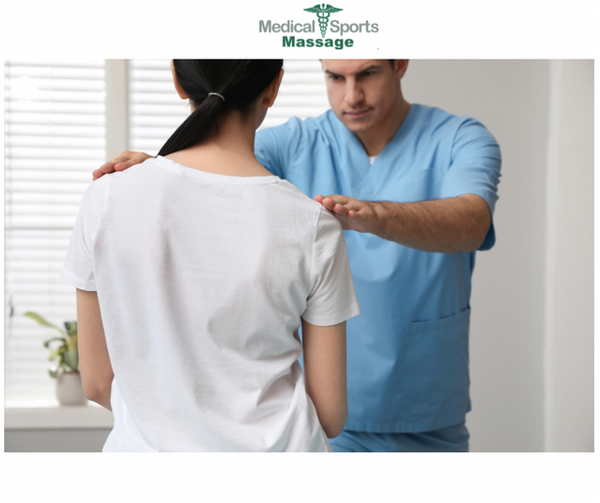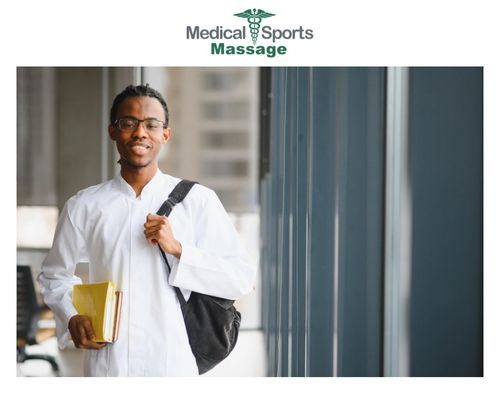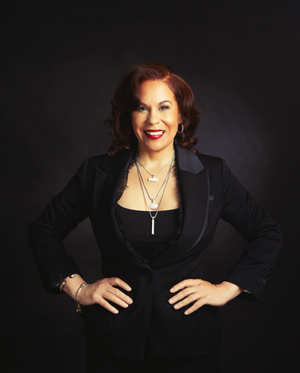This article explains how therapeutic medical massage helps kids with scoliosis feel better by easing muscle tightness, reducing uneven strain and improving daily comfort during school, sports and growth phases. It shows parents what relief looks like and how targeted care supports better movement over time.

Helping Kids with Scoliosis Feel Better
Denise Leslie
When a child or teenager is living with scoliosis, the day to day impact is often more noticeable than the curve itself. Parents see the tight shoulders, the uneven hip, the shifting posture after a long school day. Kids feel the soreness when they wake up, or the pressure after sports, or the fatigue that shows up halfway through class.
Massage therapy for teens can help.
Not by changing the curve, but by easing the tension and discomfort that come with growing, moving, and living in a body that works a little differently.
This blog explains what we see most often at Medical and Sports Massage and how massage supports kids, teens, and young adults with scoliosis in a very practical way.
What Scoliosis Feels Like for Kids and Teens
Most young people describe scoliosis in terms of sensations.
Common patterns include:
tightness on one side of the low back or hip
pressure through the rib area
a shoulder that always feels “higher”
soreness after sports or PE
tension that makes it hard to sit comfortably in class
headaches or upper back strain from carrying a backpack
As it turns out, these symptoms come from the way the curve changes how muscles work, how the spine loads, and how nerves respond. Kids naturally compensate, and those compensations create the discomfort families notice.
Massage helps the child exactly where those symptoms show up
How Often Should Individuals With Scoliosis Get Massage Therapy
Scoliosis affects how a child’s muscles work on each side of the spine. Because one side works harder and the other stays tighter, regular massage helps keep their body from slipping into painful or uneven patterns.
At the Medical Sports Massage in Sandy Springs, we find these schedules tend to support the best progress:
Weekly sessions during active discomfort or rapid growth
This helps calm overworked muscles, reduce pulling, and support the spine while their body is changing quickly.
Every two weeks when symptoms are steady
Great for kids who sit at school for long periods, play sports, or carry heavy backpacks. It keeps tension from building and supports better posture.
Once a month for long term maintenance
After stability improves, most families shift to a monthly rhythm to help keep mobility up and minimize flare ups.
Parents usually notice when their child starts compensating again, moving stiffly, or favoring one side. That’s the signal they may need to return to more frequent sessions for a short period.

Why Kids With Scoliosis Get Muscle Fatigue Faster
Scoliosis makes the muscles on one side of a child’s back work harder to keep them balanced. The opposite side often stays shorter and more guarded. That mismatch creates quicker fatigue, uneven strength, and patterns that lead to stiffness or discomfort after school, sports, or long days.
Massage helps by easing the overworked side, lengthening the tighter side, and giving the spine more freedom to move comfortably as they grow.
How Massage Helps Kids with Scoliosis Feel Better
The American Massage Therapy Association highlights massage as a supportive therapy that improves mobility and helps manage muscle tension related to scoliosis. That lines up with what we see every week in our facility.
1. It reduces the muscle tightness that builds up around the curve
Many young clients feel:
pain on one side
tightness on the opposite side
tension through the IT band or hip
sensitivity near the low back
Massage calms those overworked areas and helps balance both sides of the body so movement feels smoother and more natural.
2. It helps kids move with more freedom
Flexibility is often limited when one side feels tender and the other feels locked up. Massage loosens stiff areas and supports the child’s ability to stretch, strengthen, and participate in physical therapy or sports comfortably.
Parents often say:
“After a massage, my child can do their exercises without wincing.”
That’s exactly the point.
3. It supports posture and daily comfort
Kids spend hours sitting in classrooms, carrying backpacks, and leaning over homework. Young adults spend long days studying or walking across campus. Massage eases the tension that builds from these patterns and helps the body settle into a more comfortable alignment.
4. It reduces irritation from everyday activities
Even mild scoliosis can irritate nerves or create inflammation on one side. Massage helps calm those sensitive spots so kids can return to sports, PE, or routines without losing momentum.
What Does a scoliosis focused Massage Session Look Like?
A scoliosis focused massage session is very different from a general massage. It’s customized to what the therapist feels under the hands.
A typical session may include:
guided stretching
neuromuscular therapy for sore points
deep tissue work where muscles are overly tight
cupping to reduce inflammation
Graston to create space and improve circulation
gentle lengthening to help both sides work more evenly
There’s no set amount of time spent on each body part. The therapist follows the child’s pattern and adapts session by session.
What To do Between Massage Sessions
Massage works even better when kids and teens support their bodies between appointments. Some of the biggest improvements come from simple habits:
light stretching
Pilates inspired core exercises
movement breaks during homework
mindful body awareness during sports
sleep positioning that supports their spine
Sleep matters more than most families realize. The wrong position can create morning stiffness, while the right one can set the tone for an easier day.
What Families Notice Over Time
Parents usually see changes in phases.
Short term improvements
less pain
easier movement
reduced tightness
better flexibility
Longer term improvements
steadier posture
more balanced gait
fewer flare ups during sports seasons
better breathing
improved focus during school
more confidence in activity and movement
Many kids and teens simply feel “more themselves” when their bodies aren’t fighting against tension all day.
FAQs
- Where can kids get scoliosis supportive massage therapy in Sandy Springs?
- Kids can receive scoliosis focused massage therapy at Medical and Sports Massage in Sandy Springs. We regularly work with doctors who manage pediatric scoliosis and support their care plans by helping reduce muscle imbalance, ease discomfort, and keep growing bodies moving comfortably through school, sports, and growth changes
- Why Consistent Scoliosis Support Matters
- Scoliosis may not always be painful, but it can create patterns that grow stronger over time. Massage offers a way to interrupt those patterns early, especially during growth spurts or busy sports seasons. For many families, regular sessions become part of keeping their child comfortable, active, and confident as they grow.
- Does massage help kids with scoliosis?
- Yes. Massage helps ease the muscle tightness and discomfort that come from uneven load on the spine. Kids often feel less tension and better movement afterward.
- Is massage safe for teens with scoliosis?
- Yes. When done by trained therapists, it is gentle, supportive, and appropriate for growing bodies.
- Which massage techniques help most?
- Neuromuscular therapy, deep tissue work, cupping for inflammation, and gentle stretching are commonly used because they address the patterns scoliosis creates.
- How often should a child with scoliosis get massage?
- Families often start with regular sessions during growth phases or sports seasons, then adjust based on comfort.
- Can massage help with posture?
- It can. By easing tightness and improving mobility, kids stand and move with more ease.
- Does massage help after wearing a scoliosis brace?
- Yes. Many kids feel relief from rib pressure, hip irritation, and back tightness after brace wear.
- Will massage change the curve?
- Massage does not change the curve, but it improves comfort, mobility, and daily function.
About The Author
Denise Leslie is a powerhouse mother, entrepreneur, and advocate for pain-free living. With a passion for healing and promoting health and wellness, As a dedicated therapist, Denise is committed to empowering others on their journey to optimal well-being. She understands the importance of community support and never stops serving those around her.

